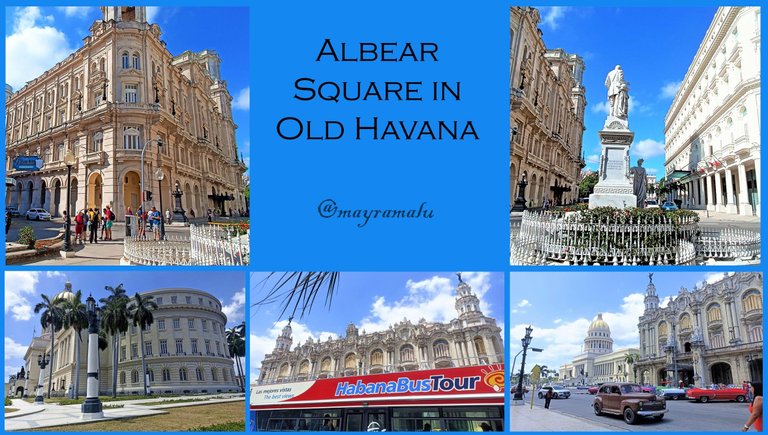
Hello my dear friends, I always enjoy walking through colonial Havana and admiring the Capitol and the surrounding buildings, all of imposing beauty.
In this area, there is a small square of great importance, both for the beauty of the monument it houses and for its historical significance.

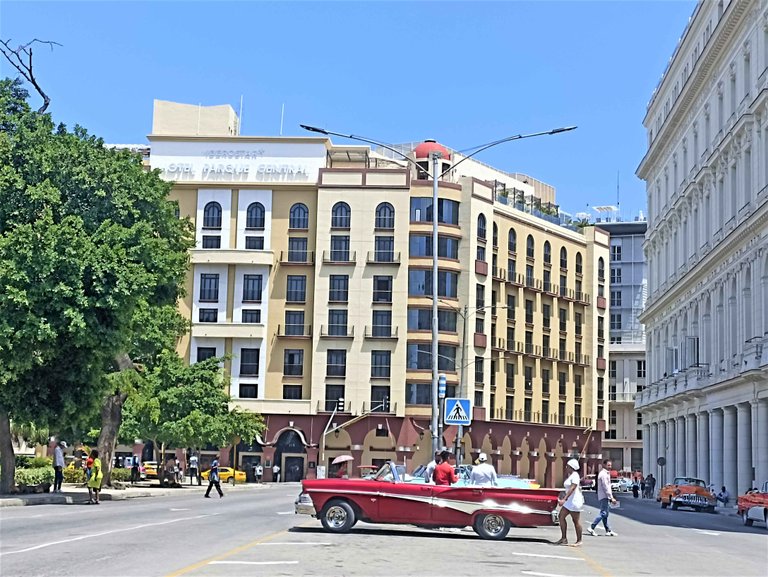

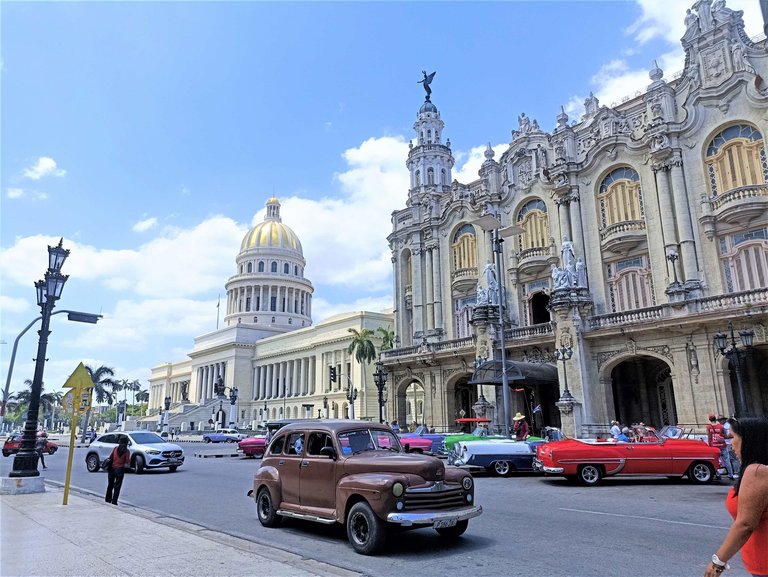

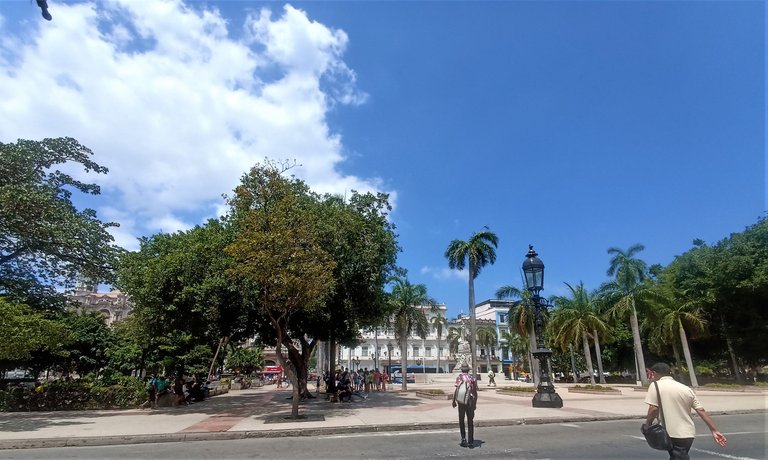
I'm talking about Albear Square, dedicated to the engineer Francisco de Albear y Lara, who carried out the most important engineering work in Cuba in the 19th century. We owe the city's water supply to him, as he created the system that channels water from the Vento springs to all the places in Havana where this precious liquid was unavailable.
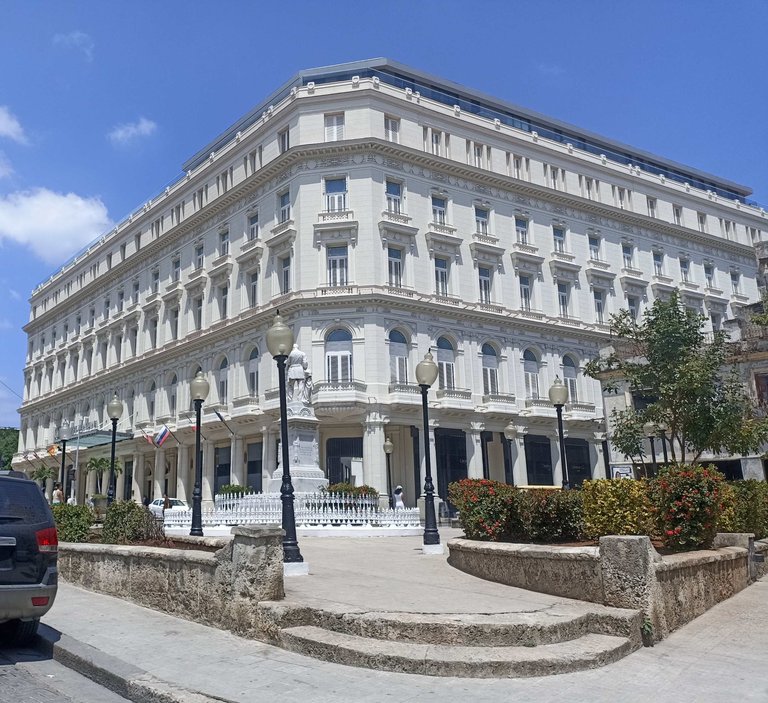
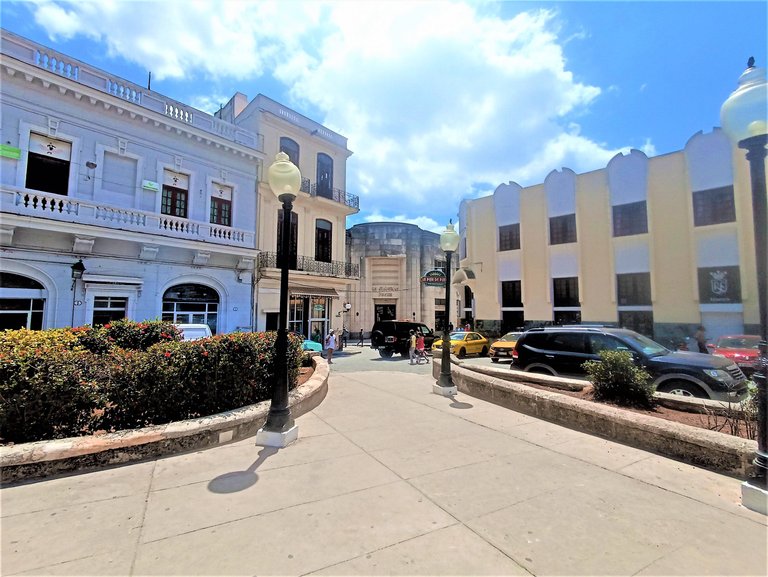
The monument, inaugurated in 1895, depicts Albear on a pedestal made of white marble beautifully decorated in relief, with a wreath at his feet. His life-size figure stands with a notebook in his hands, pretending to be working on his projects.
As part of the tribute, a beautiful sculpture of a woman representing the city was included, with the Havana coat of arms on her chest. Her raised left arm presents the great engineer, recognizing the importance of the vital work he accomplished for the Cuban people.


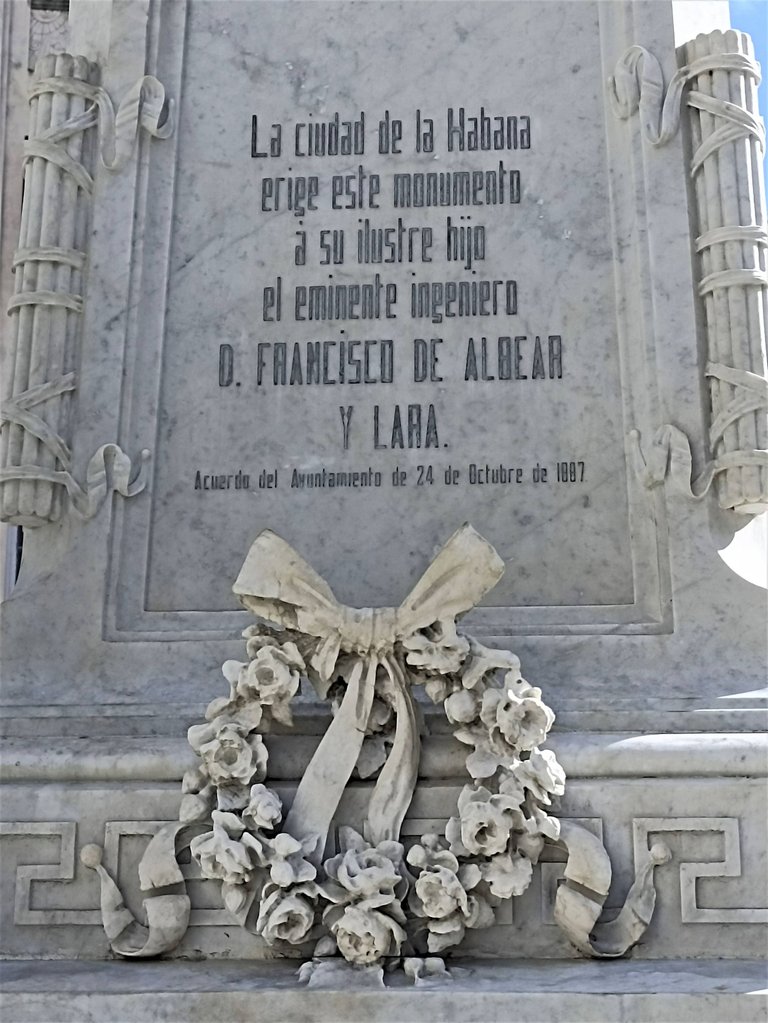


These sculptures were made by the great Cuban sculptor José de Villalta y Saavedra. If we look closely at the sculptures, we can see the magnificent level of detail in their bodies and ornaments. The entire monument is a very beautiful work.
Surrounding the sculptures are three small semicircles that caught my attention. These are three small fountains. Although they no longer function, they once provided water supplied by the Vento aqueduct, designed by Albear. This was the greatest recognition, as a memorial and, of course, providing water to all who passed by.
The location of the monument was carefully chosen; it's in a very important area, at the beginning of Obispo Street, which was, and still is, a busy street leading to the heart of Havana's commerce.

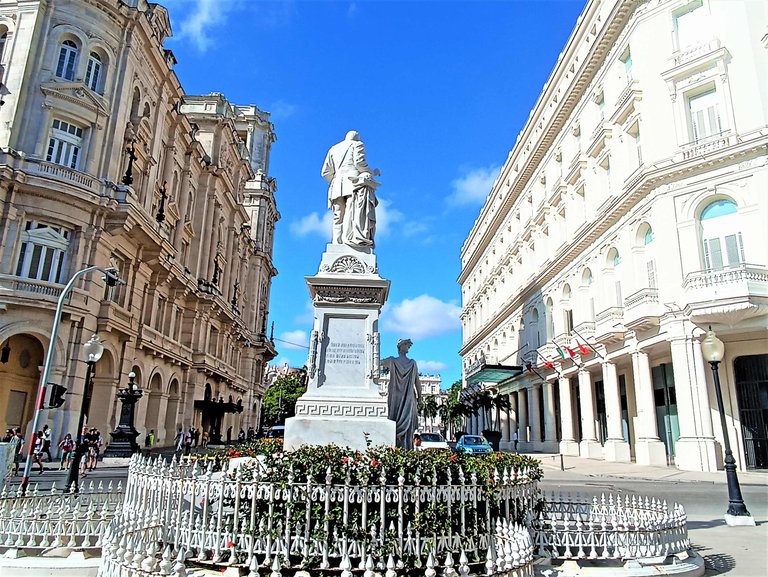
At that time, the Floridita Bar already existed, although its fame for making the most delicious daiquiris came from the writer Hemingway in the mid-20th century.
The imposing building that today houses the Museum of Universal Art and formerly the Asturian Palace is located directly ahead on its left. And to its right, the Gómez Block, another majestic building, was also located there. Also located near were the Grand Theater and the Inglaterra Hotel, all symbols of colonial power.
Therefore, choosing this location to place the monument was an act of respect and admiration for this engineer's work for the city.





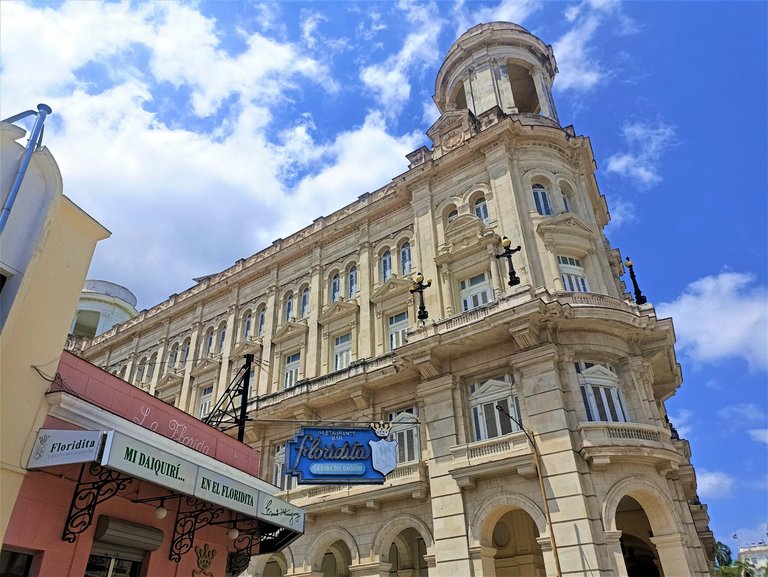

Even today, this street is very busy; many people pass through this central plaza every day, but few stop to observe its beauty and find out who it is dedicated to. It's normal for local residents to see these works of art every day as part of their daily routine, so we should appreciate what surrounds us and value the historical legacy our ancestors left us.
I invite you to explore this plaza and its surroundings if you're visiting this beautiful city. I'm sure you'll enjoy it.
See you soon!

Historical data was found on this site.
VERSIÓN EN ESPAÑOLPlaza de Albear en La Habana Vieja
Hola mis estimados amigos, siempre disfruto caminar por La Habana colonial y admirar el Capitolio y los edificios que le rodean, todos de imponente belleza. Precisamente en esta zona se encuentra una pequeña plaza que tiene gran importancia tanto por la belleza del monumento que atesora como por su significado histórico.
Les hablo de la Plaza de Albear, dedicada al ingeniero Francisco de Albear y Lara quién realizó la obra de ingeniería más importante en Cuba en el siglo XIX. A él le debemos el abastecimiento de agua en la ciudad, debido a que creó el sistema que canaliza el agua para transportarla desde los manantiales de Vento a todos los sitios de La Habana donde no había disponibilidad de este preciado líquido.
El monumento inaugurado en 1895 nos muestra a Albear sobre un pedestal hecho en mármol blanco bellamente decorado a relieve y con una corona de flores a sus pies. Su figura es de tamaño natural, está de pie con un cuaderno en sus manos simulando que está realizando sus proyectos.
Como parte del homenaje se incluyó una hermosa escultura de mujer que representa la ciudad, tiene en su pecho el escudo de La Habana. Su brazo izquierdo levantado está presentando al gran ingeniero reconociendo la importancia de la obra vital que realizó para los cubanos.
Estas esculturas se realizaron en Italia con mármol de Carrara por el gran escultor cubano José de Villalta y Saavedra. Si observamos bien las esculturas podemos ver el magnífico nivel de detalles de sus cuerpos y ornamentos. Todo el monumento es una obra muy hermosa.
Alrededor de las esculturas hay 3 pequeños semicírculos que me llamaron la atención, se trata de 3 fuentes pequeñas. Aunque ahora no funcionan, de éstas brotaban el agua que se abastecía desde el acueducto de Vento diseñado por Albear, siendo el mayor reconocimiento para que quedara como recuerdo y, por supuesto, brindaba agua a todos los que pasaban por ahí.
El lugar del monumento lo escogieron al detalle, está en una zona muy importante, al comienzo de la calle Obispo, que era y aún es, una calle muy transitada para llegar al corazón del comercio de La Habana.
Ya en esa época existía el Bar Floridita, aunque su fama de hacer los daiquiris más sabrosos se lo dio el escritor Hemingway a mediados del siglo XX. El imponente edificio que hoy es el museo de Arte Universal y antiguamente Palacio asturiano, se encuentra al frente a su izquierda. Y a su derecha al frente se encontraba ya la manzana de Gómez, otro majestuoso edificio. También se encontraba el Gran Teatro y el Hotel Inglaterra, todos símbolos del poderío colonial.
Por lo que escoger este lugar para colocar el monumento fue un acto de respeto y admiración por la labor de este ingeniero en beneficio de la ciudad.
Aún en estos días esta calle es muy concurrida, muchas personas pasan diariamente por esta céntrica plaza, pero son pocos los que se detienen a observar su belleza y averiguar a quién está dedicada. Es normal para los habitantes de la zona que diariamente ven estas obras de arte como su rutina diaria, por eso debemos apreciar lo que nos rodea y valorar el legado histórico que nos dejaron nuestros antepasados.
Los invito a conocer esta plaza y sus alrededores si están de visita por esta bella ciudad, estoy segura que lo disfrutará.
¡Hasta pronto!






